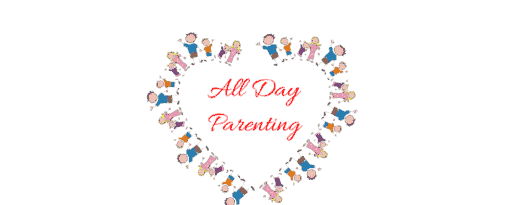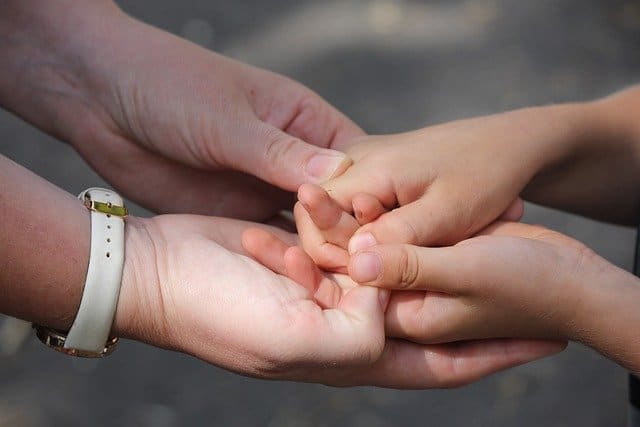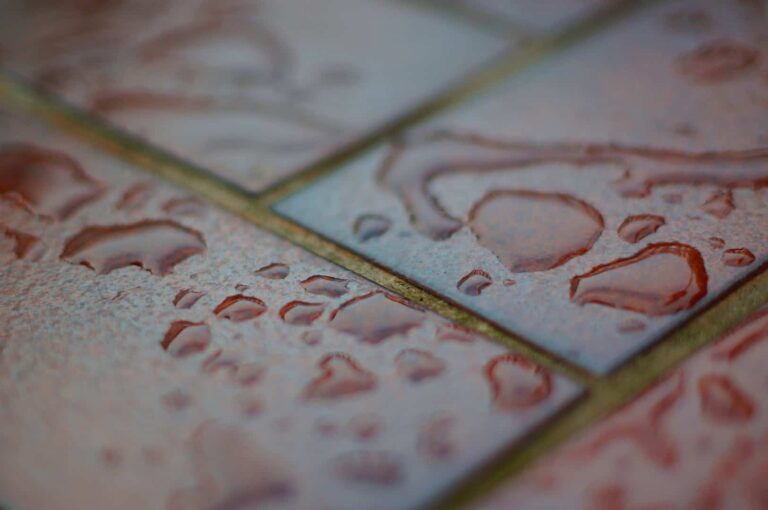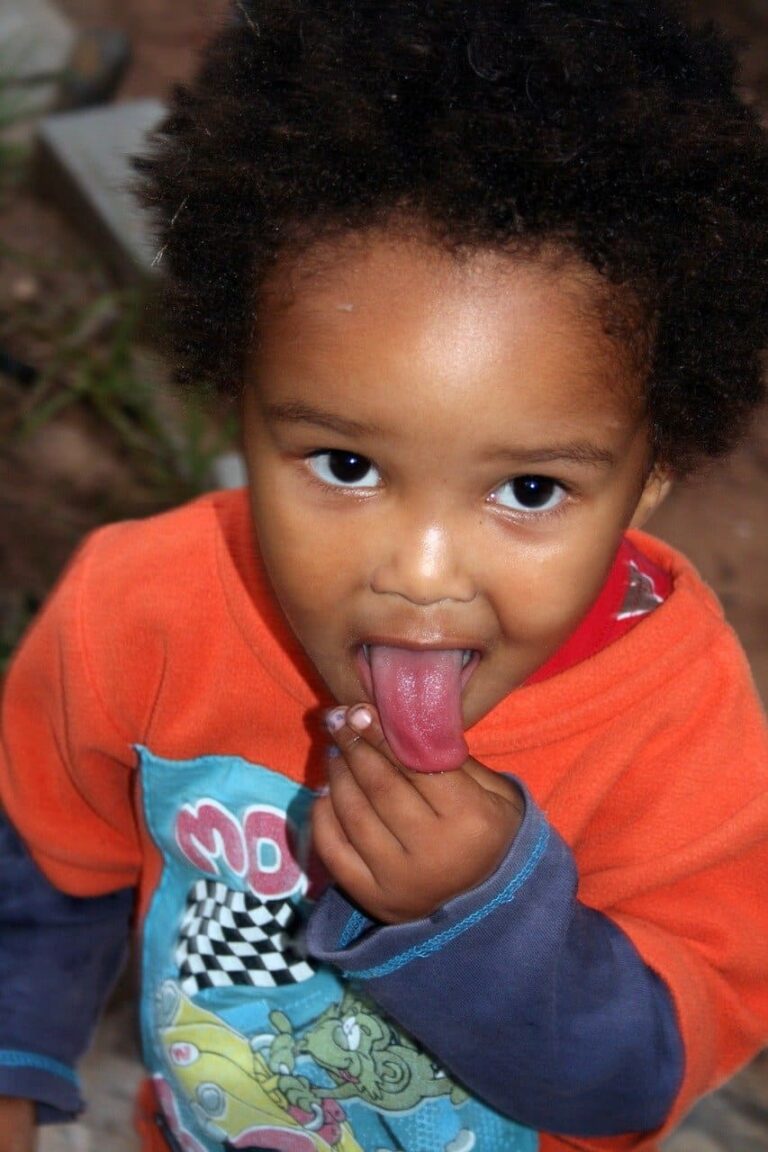How To Get a Splinter Out of a Toddler
Picture this, one day you are in the kitchen cooking. You can see your little toddler playing in the backyard through the little window. Life is going smoothly and peachy.
But suddenly, you hear a cry! You run outside, and you find your little one sitting on the deck, crying. Your parental instinct tells you to ask your kid, “What happened?”
And there it is. A big splinter is sticking out of their hand.
That hypothetical scenario sounds scary, but it can happen. Splinters are very common and can happen to anybody. But children are more likely to have splinters because they often play outside.
Splinters are fairly small, unintrusive injuries. They may hurt a lot but can easily be fixed. This guide will teach you how to remove a splinter if it ever happens to a toddler.
What Are Splinters? And Why Must They Be Removed?
Splinters are small but sharp objects that can pierce the skin. Typically, splinters refer to wooden slivers that get stuck onto a person. But splinters can be any sharp debris such as glass.
Splinters can range from being painless and unnoticeable to excruciatingly painful. Some people think that splinters can come off on their own. However, leaving in a splinter can cause more harm.
Splinters can cause bacteria to find their way into the body easier, causing an infection. The splinter itself is already a breeding ground for germs. They can crawl into the puncture wound made by the splinter and spread through the bloodstream.
Failing to remove a splinter can cause other nasty side effects. Inflammation, skin bumps, and pockets of pus are some reactions that can happen.
Toddlers are especially vulnerable. Their immune systems aren’t as strong to fight off bacterial infection. Not removing a splinter can probably lead to a bad day in the ER.
In short, parents must remove the splinter on their toddler to avoid any complications. How the splinter will be removed depends on how deep it is. A surface-level splinter can easily be removed at home.
How to Get a Splinter Out of a Toddler
Parents can solve minor injuries like splinters at home. Splinters that are visible and sticking out can easily be pulled out. With proper care and preparation, your toddler can say “bye-bye” to that splinter.
Here is a step-by-step process on how to remove a simple splinter.
1. Calm Your Toddler Down
A splinter can be very painful. Toddlers will react to the pain by crying and throwing tantrums. Cranky children are not only hard to control, but they can make the situation harder to do.
Before doing the procedure, parents must calm their toddlers down first. Talk to them with a calm and reassuring voice. Make them watch something nice or have them hold their comfort toy.
Calm them down and distract them. When they are relaxed, their pain tolerance goes up, and the next step will be easier.
2. Wash the Area with Soap and Warm Water
Once your toddler has calmed down, you can move on to the next step. Wash the area where the splinter is. This can remove surrounding bacteria and reduce the risk of infection
Parents must also wash their hands while handling their kids. This is to ensure proper hygiene and no infection.
3. Consider How You Will Remove It
There are some interesting ways on how to remove splinters. This guide by Maria Masters suggests using either tape or glue to remove surface-level splinters.
There are other folk methods to remove splinters, such as using a baking soda paste or taping herbs onto the wound. However, these methods do not provide instant relief and may cause more trouble to your toddler.
A common and often used duct tape method to pull it outworks great too. Simply get a piece of tape and place over the splinter. Once it’s stuck to the tape, pull the tape off and hopefully the splinter comes out too.
4. Bring The Tweezers Out
Tweezers are the number one solution for removing splinters. They can easily grab the debris and pull it out swiftly.
Twizzlers must be disinfected first. Wash the tweezers thoroughly with soap and water. Then, disinfect it with either alcohol or with heat. This can kill any bacteria and avoid contamination.
With the tweezers, pull the splinter in the direction it came in. Be gentle to avoid pain and discomfort.
5. Use A Needle If The Splinter is Under the Skin
If the splinter is inside the skin, a needle might be necessary. Similar to the tweezers, sterilize the needle before use.
Gently prick the skin above the splinter using the needle. With the same needle, pull the splinter upwards. Once it is easy to grab, use the tweezers and gently pull the splinter out.
6. Fix Up The Wound
Once the splinter is removed, you must take care of the wound left behind. Wash the splinter wound with soap and water. Then, put some antiseptic or hydrogen peroxide on and a bandage over the injury.
7. Visit the Pediatrician if Necessary
Some scenarios might require professional help. If the splinter is causing bleeding, is hard to remove, or is too deep, then it’s time to see a doctor.
Pain and redness after the removal of the splinter are also not normal. If there are signs of infection, immediate medical attention is needed. The doctor may prescribe medicines like an antibiotic ointment or a tetanus shot.
Conclusion
Splinters can happen to anybody. For toddlers and young children, a splinter can happen while playing indoor or outdoor.
A splinter can either be painless or painful. Regardless of the pain, splinters must be removed immediately. It can cause infection to toddlers, whose immune system is still premature.
Parents can remove splinters at home easily. As long as the splinter is surface-level, it can be removed with common household products.
The best procedure is to use a pair of tweezers. They can remove the splinter with tweezers without damaging the area. Just gently pull the splinter out and care for the wound with antiseptic and a band-aid.
But some splinters can be too big or obtrusive. They can also cause bacterial infection. If any complication arises, a visit to the pediatrician or medical professional is a must.
But there is nothing to be worried about with a splinter. Once the splinter is out, your toddler can go back to playing in the garden again.










